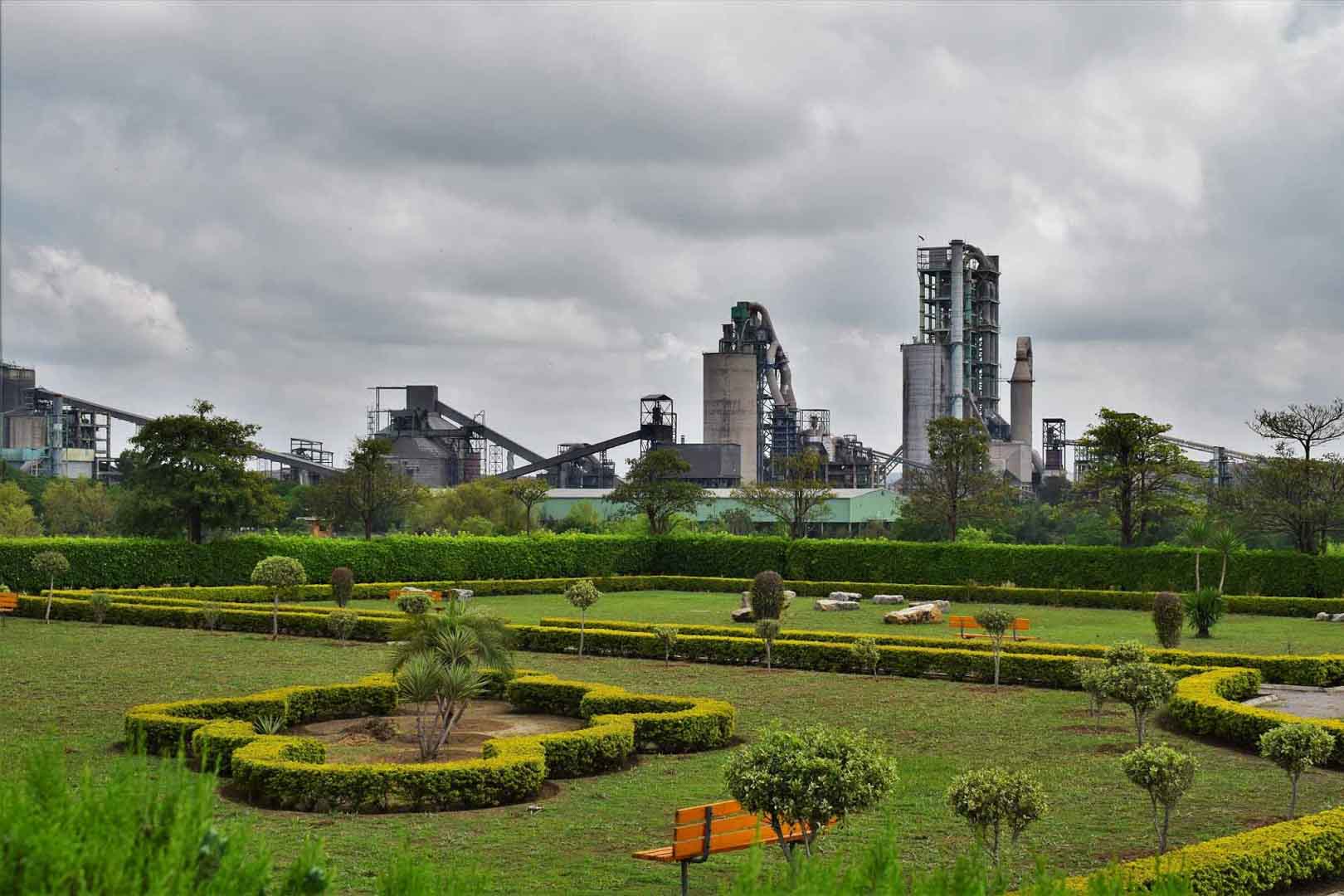Climate project portfolio for OMV
OMV supports various climate projects:
The biogas project (#1125) as well as the gas recovery project (#1299) in Turkey generate electricity and prevent methane from escaping into the atmosphere.
The wind farms in Bulgaria (#1100), in China (#1085), in India (#1403) and in Turkey (#1003 and #1026) contribute to sustainable development in their regions. The solar projects in India (#1232) and in China (#1037) support surrounding villages with sustainable electricity and social engagement.
The forest protection project in Brazil protects Amazon rainforest and thus one of the most important carbon reservoirs (#1280).
The hydropower plant in Turkey offers the emission-free generation of electricity and long-term water supply of the region (#1304).
The climate project in Pakistan generates electricity using the waste heat generated in cement production (#1428).

The portfolio includes projects that evidently reduce CO2 emissions using various technologies. These include, for example, the protection of rainforests, energy efficiency measures or the expansion of renewable energies. The income from the sale of proven CO2 savings is necessary to be able to implement climate projects in economically weak regions.
Besides reducing greenhouse gases, the project activities create additional benefits for the environment and local people. Detailed descriptions of the projects and methods for reducing emissions can be found via the respective project links. The portfolio projects are registered with international standards.
Explore our projects
Biochar for Climate Action, Healthy Soils, and Better Harvests

A certified climate project combined with additional commitment

Expansion of renewable energy generation in Asia

Ceramic water filters save CO2 and improve health

Improved cookstoves worldwide – for better health and cleaner air

A certified climate project combined with additional commitment

Powering access to renewable energy in Africa

A certified climate project combined with additional commitment

Restored ecosystems remove carbon

Turning degraded farmlands into healthy ecosystems

Improved cookstoves - better for health and the environment










